TOASTED ANGELS, SOUNDS OF STEEL
Opening › Nov 22, 6:00 PM
Nov 23, 2019 – Feb 1, 2020
„The only thing I ask of art is that it helps me (…) to invent visual and critical signs that let me condemn more efficiently the barbarism of the West.“
León Ferrari, 1965
„The only thing I ask of art is that it helps me (…) to invent visual and critical signs that let me condemn more efficiently the barbarism of the West.“
León Ferrari, 1965
Earthworms are making themselves at home in the White House. They wiggle their way into the Oval Office and the private apartments, dangle from the flagpole on the roof, smear the star-spangled banner with their slime. Yuck. Sweet. Our exhibition opens with the video Casa Blanca, created in 2005. The desecration of a proud symbol? The defilement of an icon? Blasphemy? Whatever was León Ferrari thinking?
Ferrari did what he could. What he couldn’t do he didn’t. That sounds more banal than it is. For what Ferrari did was closely bound up with the political developments since the 1950s, for which he time and again found his own language, with the means at his disposal. A language—several languages—that breached the confines of the private sphere to go public and tell stories of war and tyranny, harassment, and freedom. Ferrari's artistic career began in 1955, the first year of the Vietnam War. For six decades, he traced the history of Western civilization as a history of globalized institutional violence. When León Ferrari died in his hometown of Buenos Aires in 2013 at the age of 93, he had long since become one of the great international voices of the Latin American continent.
Das Weiße Haus ist bewohnt von Regenwürmern. Sie kriechen durchs Oval Office, die privaten Gemächer, hängen von dem Fahnenmast auf dem Dach, schmieren ihren Schleim auf die amerikanische Flagge. Eklig. Sweet. Das Video Casa Blanca von 2005 ist der Auftakt unserer Ausstellung. Wird hier ein stolzes Symbol geschändet? Eine Ikone beschmiert? Was hatte León Ferrari im Sinn? Blasphemie?
Ferrari tat, was er konnte. Was er nicht konnte, tat er nicht. Das klingt banaler, als es ist. Denn was Ferrari tat, war eng verbunden mit den politischen Entwicklungen seit den 1950er Jahren, für die er zum je gegebenen Zeitpunkt seine Sprache fand, mit den Mitteln, die er hatte. Eine Sprache – mehrere Sprachen –, die vom Privaten ins Öffentliche drangen, um von Krieg und Diktatur, von Drangsalierung, und von Freiheit zu erzählen. Ferraris künstlerische Laufbahn begann 1955, im ersten Jahr des Vietnamkriegs. Sechs Dekaden lang zeichnete er fortan die Geschichte der westlichen Zivilisation als eine Geschichte der globalisierten institutionellen Gewalt nach. Als León Ferrari 2013 in seiner Heimatstadt Buenos Aires im Alter von 93 Jahren starb, war er längst zu einer der großen internationalen Stimmen des lateinamerikanischen Kontinents geworden.
Nazi terror meets Catholic propaganda, combat tanks and long-range missiles protected by angels, regimes of military and religious power hand in hand in the same picture
Naziterror trifft auf katholische Propaganda, Engel beschützen amerikanische Panzer und Langstreckenraketen, Regime militärischer und religiöser Herrschaft Hand in Hand in einem Bild
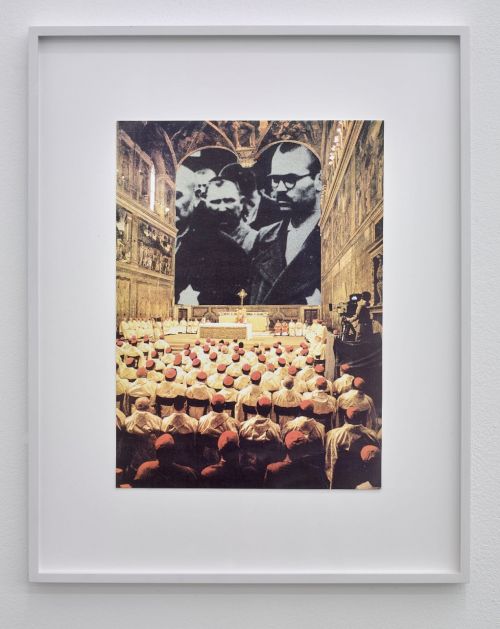
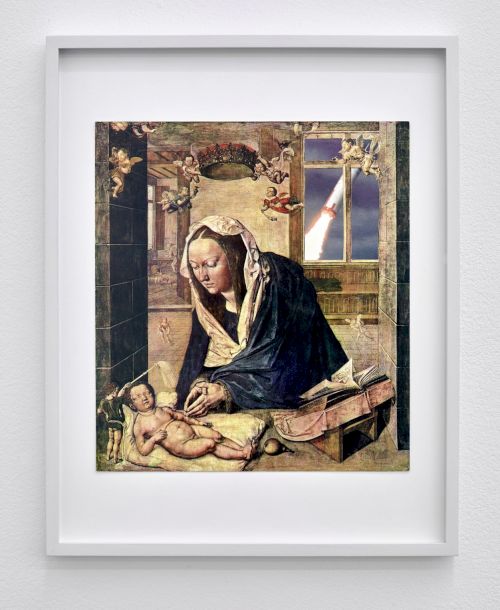
KOW presents a selective overview of his influential oeuvre, which has received too little attention in Germany. Even a cursory glance reveals that Ferrari had an axe to grind with the Catholic Church. His most famous and surely most controversial piece, La Civilización Occidental y Cristiana (1965), shows a painted-wood Jesus figure crucified to the replica of an American fighter jet from the Vietnam War. The work got him in trouble with the government, the Vatican, museums, but in the end it prevailed. We present previously unpublished collages from the 1980s which follow on from La Civilizacíon … The works from the cycle Relecturas de la Biblia may provoke strong feelings even today: Nazi terror meets Catholic propaganda, combat tanks and long-range missiles protected by angels, the clergy at the Vatican contemplating the Holocaust as though it were a Last Judgment with God’s blessing, regimes of military and religious power hand in hand in the same picture. A hell on earth—forged of steel tubes, cyanide, and glorioles.
Objects from the late 2000s bring this anticlerical iconography of violence up to date in almost comedic fashion. With figures of saints in blenders, toasters, and preserve jars flanked by military equipment embellished with colorful feathers, Ferrari has devised a popular imagery that defies his subject’s all-too-human gravitas. He underscores how profoundly the history of the Occident, and of his native Argentina in particular, has been shaped by the Church’s missionary abuses, by a hegemonic canon of Western articles of faith that arrived with gunfire, was buttressed by dollars, and is overdue for the mincer.
A look back. March 1976. The military junta takes control of Argentina. Until 1983, the dictatorial regime disappears, tortures, and kills an estimated 30,000 people, with the tacit support of the United States and, to some extent, the Federal Republic of Germany. Ferrari’s son is among those who vanish without a trace. Ferrari goes in search of him, leaves Argentina for exile in Brazil, in São Paulo, lying low for a while to gather the strength he needs to keep going. He soon renders the megalopolis as a vast structure forcibly imposing antlike conformity, finds modern forms to articulate the modern city’s encroachments upon the individual—and begins making affordable reproductions of his works, circulates unlimited editions, looks for ways to democratize artistic production. In the late 1980s, he gradually moves his life back to Buenos Aires.
Ferrari’s iconoclastic and overtly more political work exists side by side with sculptures, lithographs, and drawings created over the course of several decades that speak in a more abstract and conceptual formal idiom. We showcase two of his minimalist steel sculptures, which he developed in the late seventies. Dozens of vertical metal rods can be set in motion and made to sound by visitors. The sculpture becomes a musical instrument that can be played together with several hands. Early drawings and late prints take up these filigree movements, translating them into a diction of lines and nodal points. Dating from the 1960s, these works seem to anticipate the hypertextuality of the internet age, but they also suggest a concrete poetry charting the space between word, writing, and gesture, reading now as anarchic expression without literal meaning, now as pamphlets.
Perhaps no less important than Ferrari’s output was his presence as a moral authority and lifelong mentor to many of his fellow artists. Walking into a bar or an alternative cultural center in Buenos Aires, a visitor today may well stumble across one of his sculptures that he set down years ago and never picked up. His art did not stop at the door of his studio, and his political activities were not limited to his own production. He designed covers for newspapers and magazines that offered critical takes on social realities, directed stage plays, wrote essays, gave interviews. León Ferrari’s estate is now managed by his family. His heirs seek to honor the progressive humanism that was the mainspring of his work and keep it alive for the future.
Text: Alexander Koch / Translation: Gerrit Jackson / Photography: Ladislav Zajac
KOW zeigt einen Blick in sein einflussreiches Werk, das in Deutschland noch immer zu wenig bekannt ist. Schnell fällt auf, wie der Argentinier sein Hühnchen mit der katholischen Kirche rupft. Seine berühmteste und sicher kontroverseste Arbeit, La Civilización Occidental y Cristiana von 1965, zeigt eine Jesusfigur aus bemaltem Holz, gekreuzigt an den Nachbau eines amerikanischen Kampfjets aus dem Vietnamkrieg. Das gab Ärger mit Museen, mit der Regierung, und mit dem Vatikan. Wir zeigen bislang unveröffentlichte Collagen aus den Achtzigerjahren, die an La Civilización … anschließen. Die Blätter aus dem Zyklus Relecturas de la Biblia mögen auch heute noch Gemüter erhitzen: Naziterror trifft auf katholische Propaganda, Engel beschützen amerikanische Panzer und Langstreckenraketen, in der Sixtinischen Kapelle schaut der Klerus auf den Holocaust, als sei er das Jüngste Gericht von Gottes Gnaden. Regime militärischer und religiöser Herrschaft Hand in Hand in einem Bild. Die Hölle auf Erden – geschmiedet aus Stahlrohen, Zyankali und Heiligenscheinen.
Objekte aus den späten 2000er Jahren schreiben diese antiklerikale Ikonografie der Gewalt fast komödiantisch fort. Heiligenfiguren in Küchenmixern, Toastern und Einweckgläsern nebst mit bunten Federn geschmücktem Kriegsgerät gelingt eine populäre Bildlichkeit wider den allzu menschlichen Ernst. Ferrari unterstreicht, wie sehr die Geschichte des Abendlandes, und zumal die seines Heimatlandes Argentinien, geprägt wurde durch die missionarischen Übergriffe der Kirche, durch den hegemonialen Kanon westlicher Glaubensgrundsätze, der mit Kanonenfeuer kam, mit Dollars verteidigt wurde, und der heute dringend in den Mixer gehört.
Rückblick. März 1976. Mit einem Putsch beginnt die argentinische Diktatur. Die Militärjunta übernimmt das Land, sie verschleppt, foltert und tötet bis 1983 geschätzt 30.000 Menschen, toleriert von den USA und zum Teil auch von der Bundesrepublik. Auch Ferraris Sohn verschwindet spurlos. Er sucht ihn, geht ins brasilianische Exil, nach São Paulo, wo er zunächst stiller wird, sich sammelt, um weiterzumachen. Auch die Megalopole stellt er bald als strukturelle Nötigung in eine ameisenhaften Gleichschaltung dar, findet moderne Formen für die Übergriffigkeit der modernen Stadt – und er beginnt, seine Arbeiten billig zu reproduzieren, bringt unlimitierte Editionen in Umlauf, sucht nach einer Demokratisierung der künstlerischen Produktion. Ende der Achtzigerjahre kehrt er allmählich nach Buenos Aires zurück.
Neben den ikonoklastischen und offensichtlich politischeren Arbeiten stehen in Ferraris Werk Skulpturen, Lithographien, Zeichnungen und Gemälde, die im Laufe mehrerer Jahrzehnte entstanden und eine abstraktere, konzeptuelle Formensprache sprechen. Wir zeigen zwei seiner minimalistischen Stahlplastiken, die er in den späten Siebzigerjahren entwickelte. Dutzende senkrechter Metallstangen lassen sich von Besucher*innen in Bewegung versetzen und zum Klingen bringen. Die Plastik wird zum Musikinstrument, das sich mit mehreren Händen gemeinsam spielen lässt. Frühe Zeichnungen und späte Drucke greifen diese filigranen Bewegungen auf, übersetzen sie in eine Sprache aus Linien und Knotenpunkten, die der Hypertextualität des Internetzeitalter bereits in den frühen Sechzigerjahren vorzugreifen scheinen, aber auch als konkrete Poesie den Raum zwischen Wort, Schrift und Geste vermessen. Bisweilen sind sie anarchischer Ausdruck ohne Wortsinn, dann wieder als Pamphlete lesbar.
Nicht zuletzt war Ferrari bis zu seinem Tod auch eine moralische Instanz und ein Mentor für viele Künstlerkolleginnen und -kollegen. Geht man in Buenos Aires in eine Bar oder ein alternatives Kulturzentrum, kann es sein, dass man am Tresen einer seiner Skulpturen begegnet, die er vor Jahren dort abgestellt hat. Sein künstlerisches Werk endete nicht an der Ateliertür, und sein politisches Engagement beschränkte sich nicht auf die eigene Produktion. Er gestaltete Titelbilder für gesellschaftskritische Zeitungen und Magazine, inszenierte für das Theater, schrieb Artikel, gab Interviews. Heute betreut León Ferraris Familie seinen Nachlass mit dem Ziel, den sozialen Kern seiner künstlerischen Haltung zu würdigen und für die Zukunft lebendig zu halten.
Text: Alexander Koch / Translation: Gerrit Jackson / Photography: Ladislav Zajac
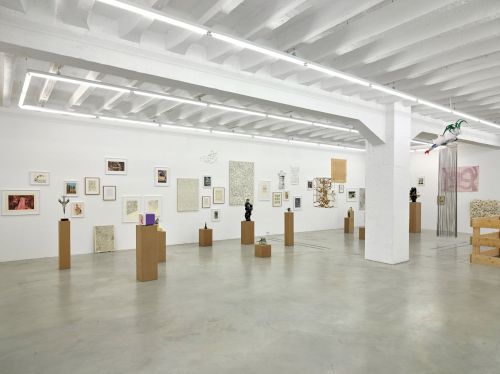

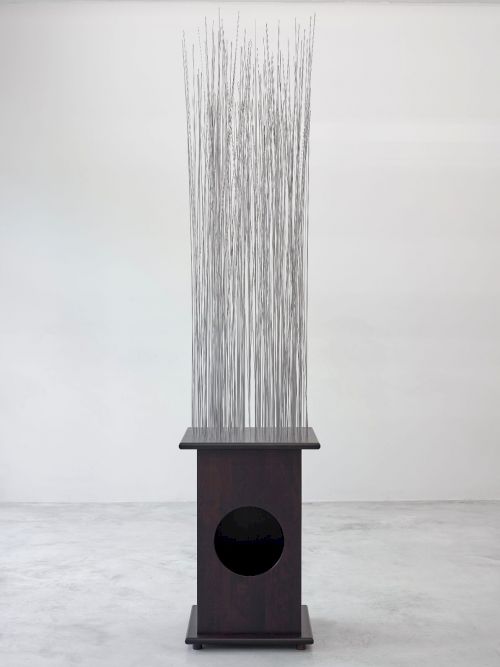
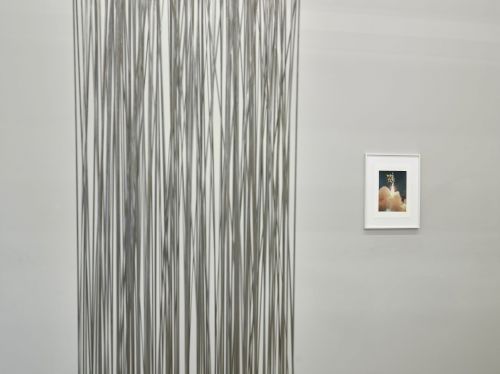
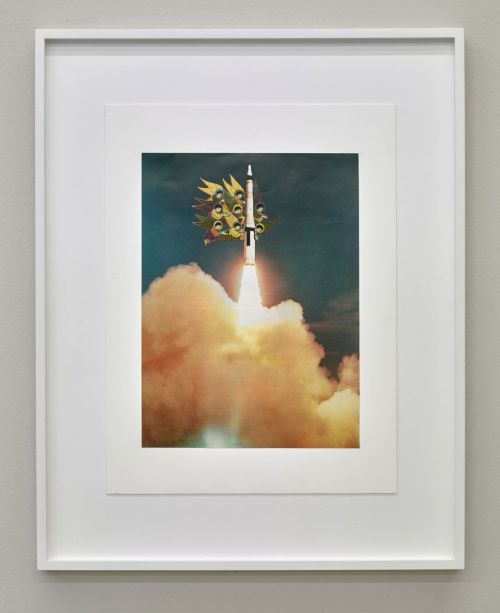
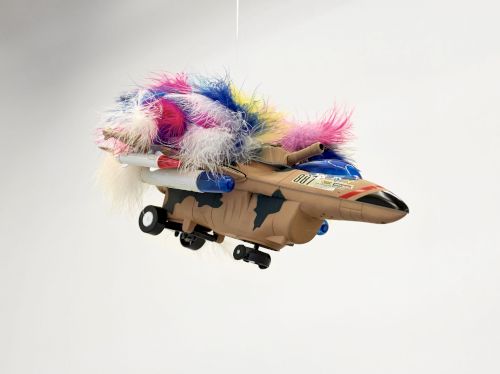
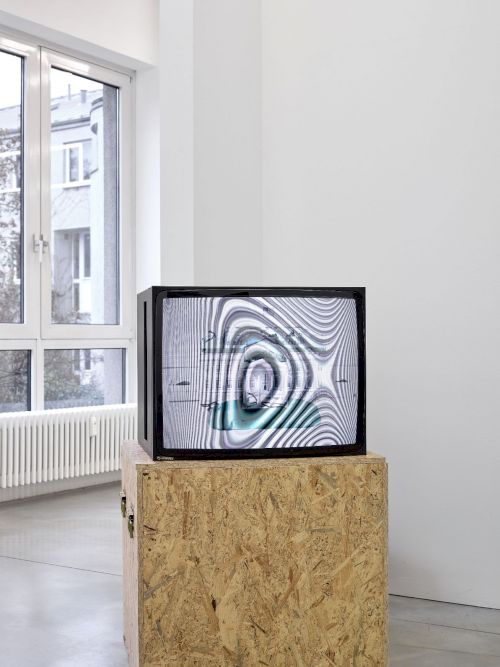
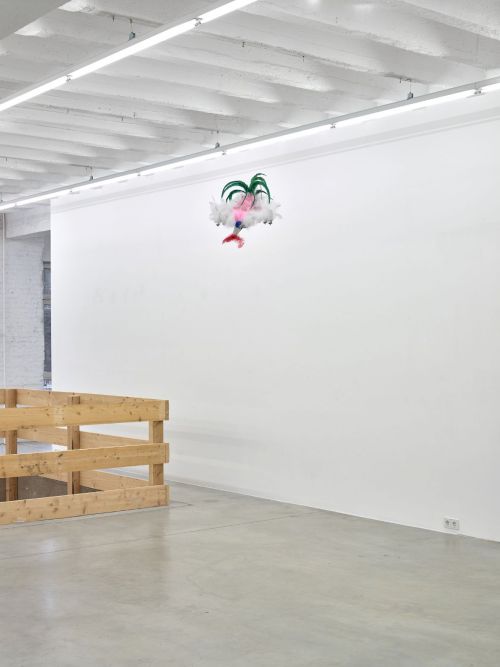
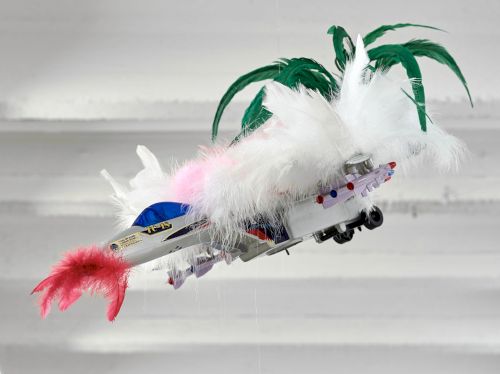
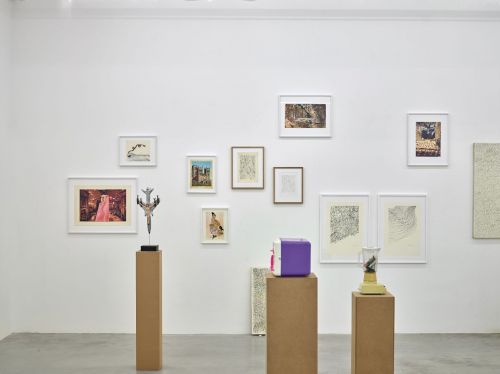
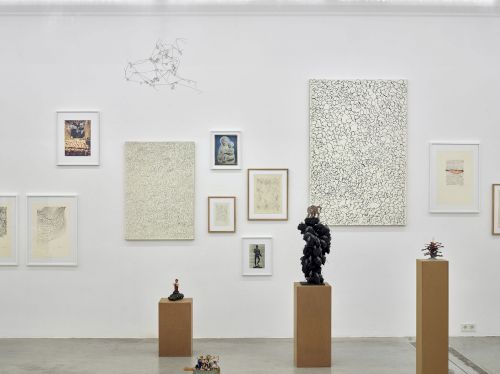

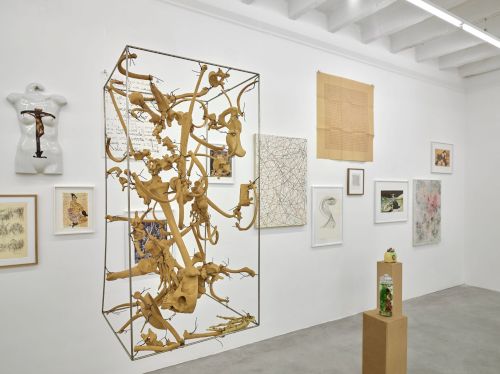
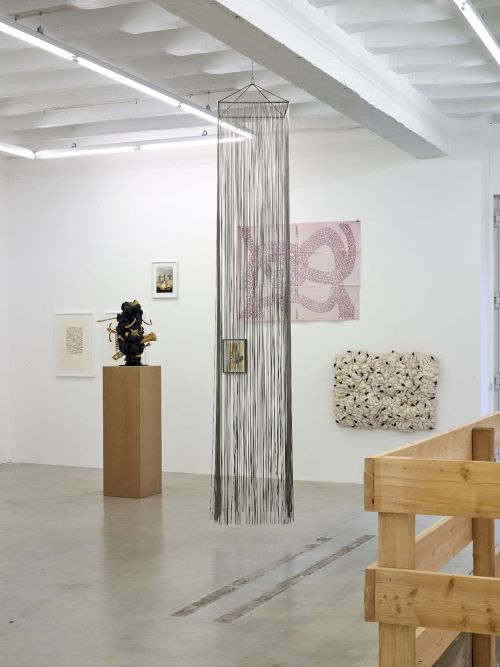
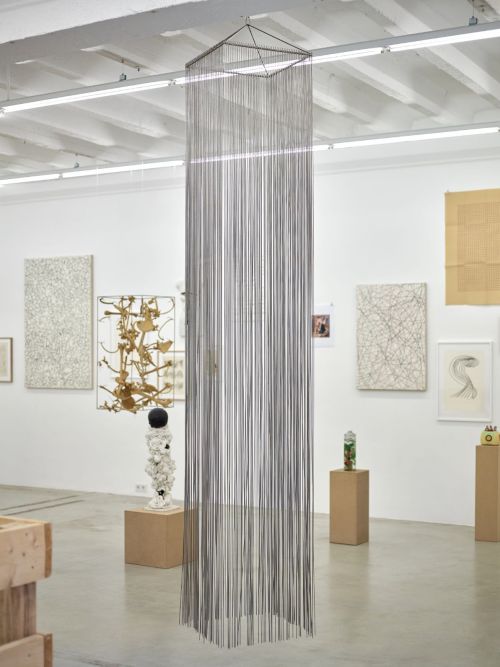
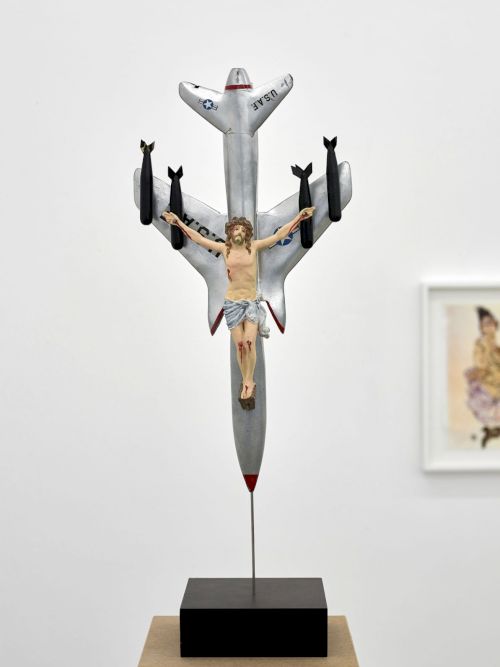
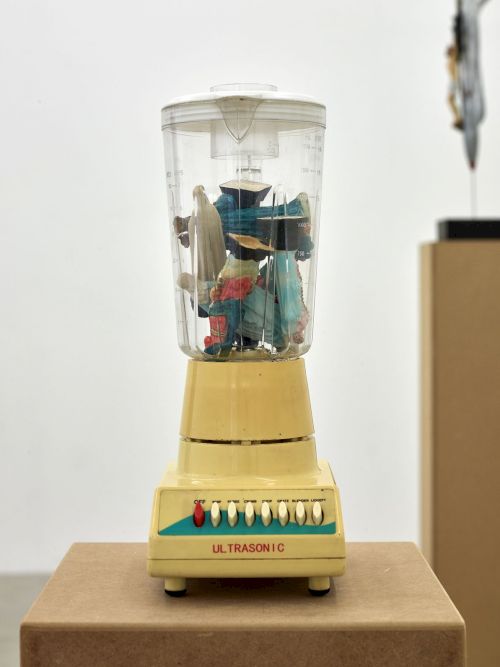
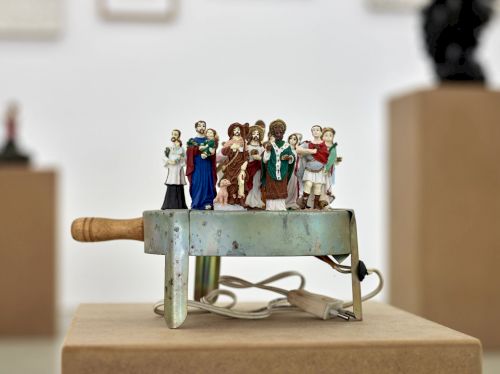
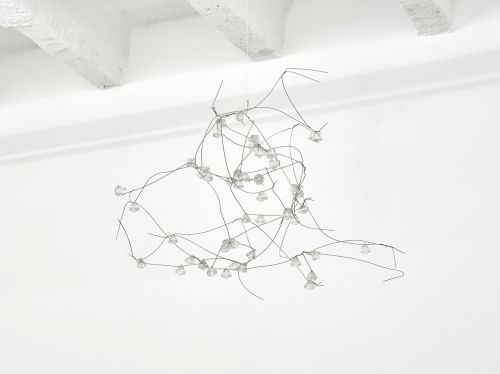
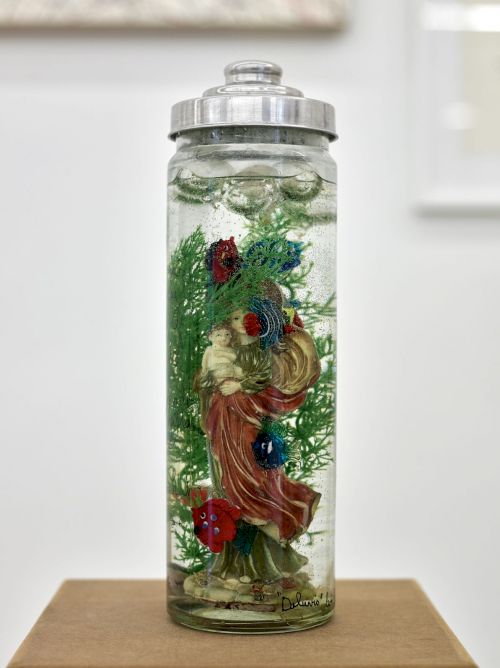
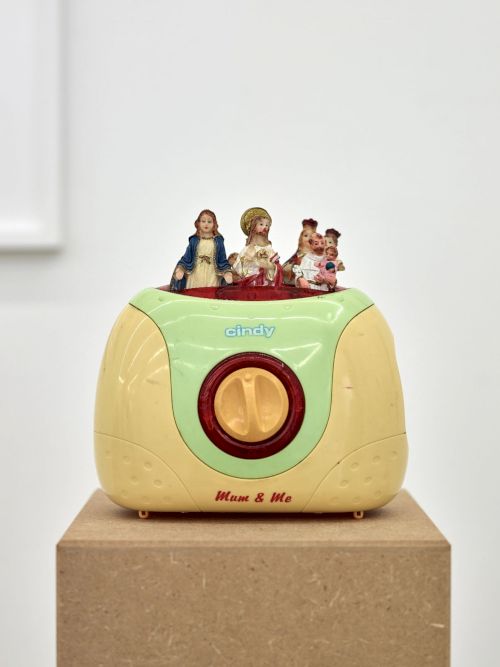
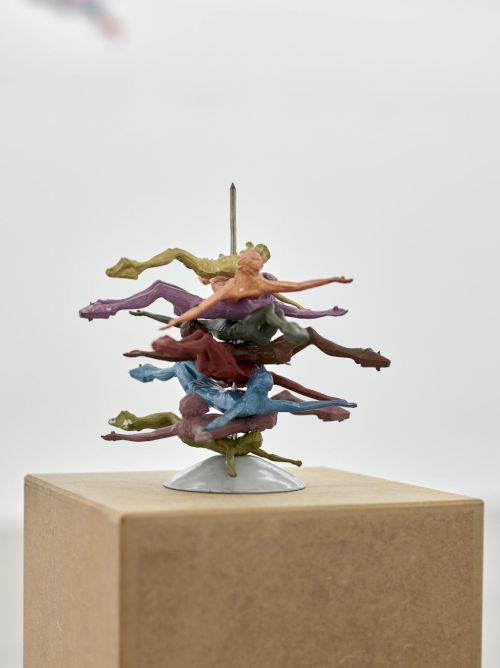
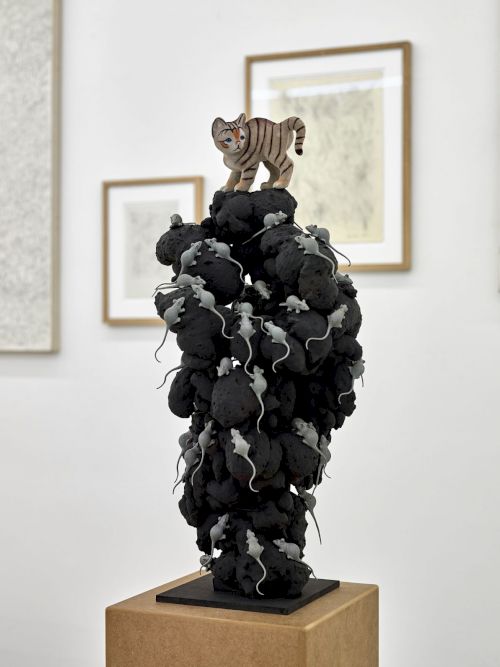
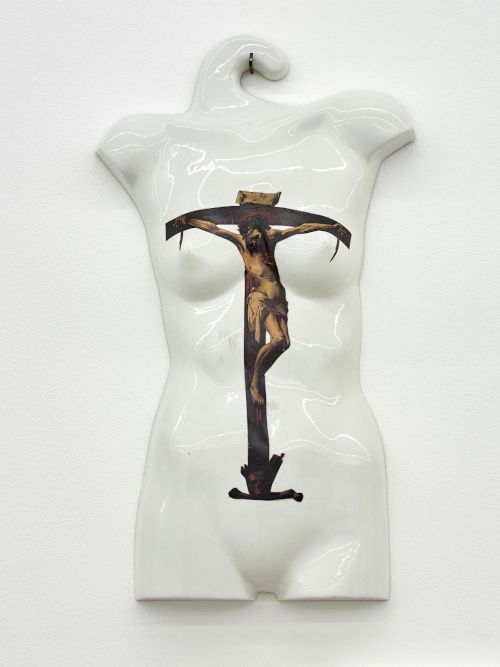
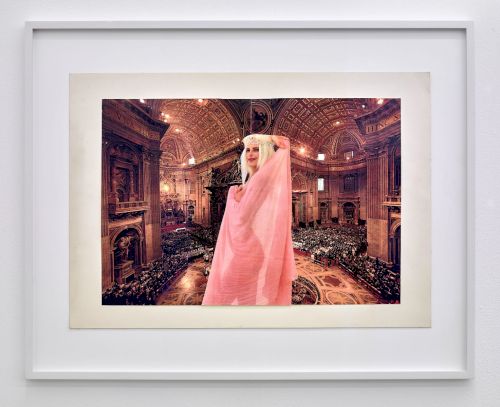
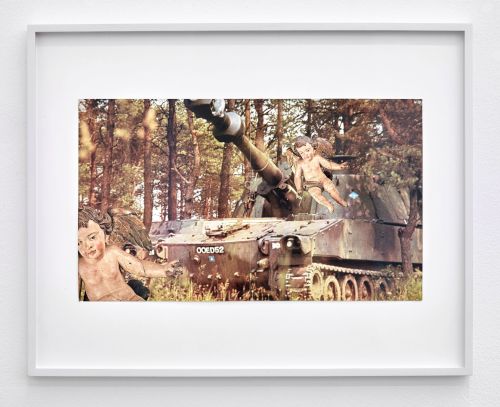
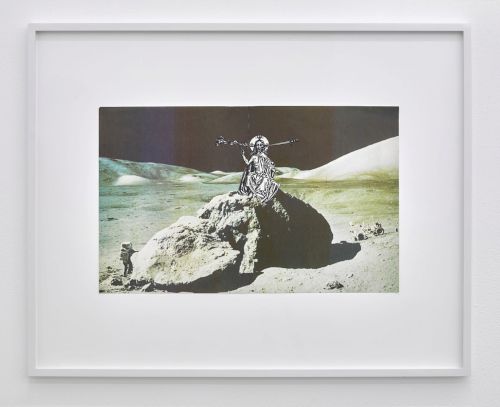
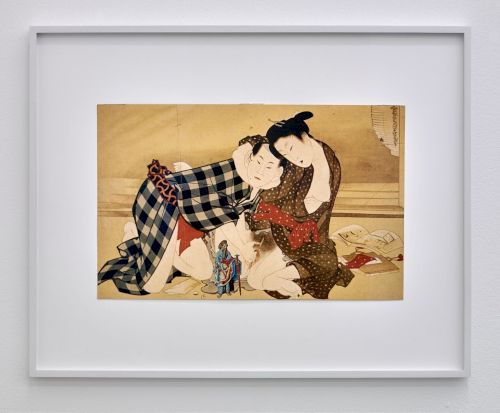
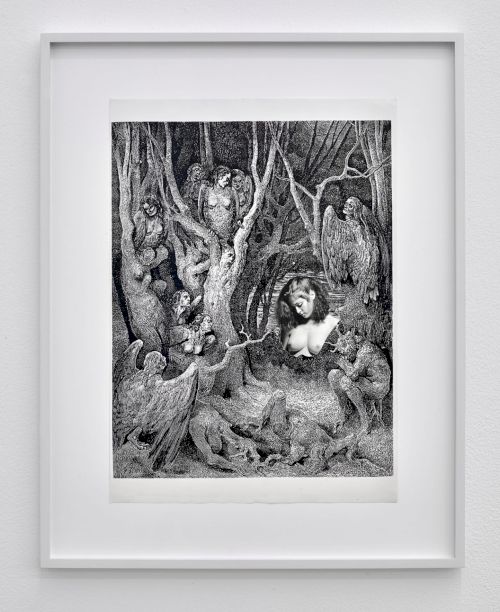
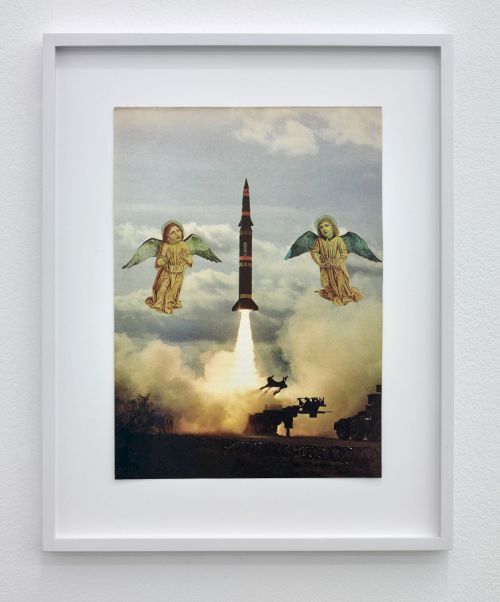
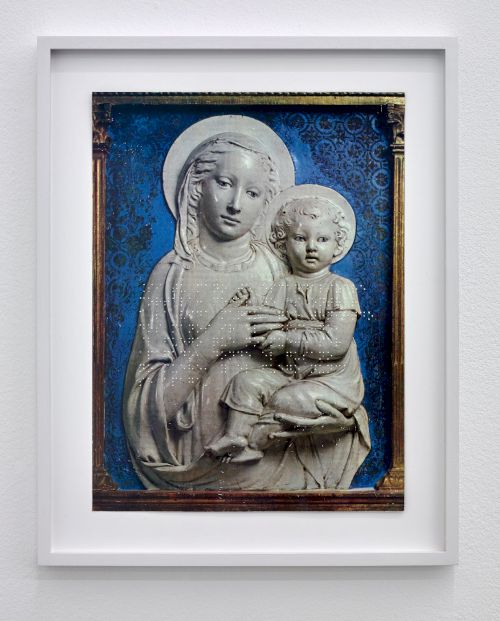
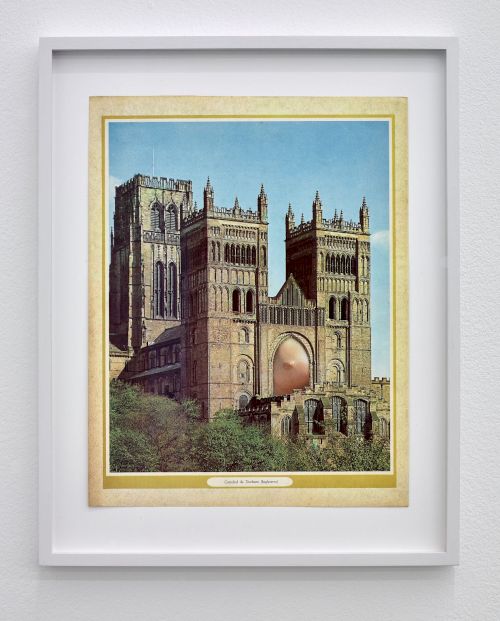
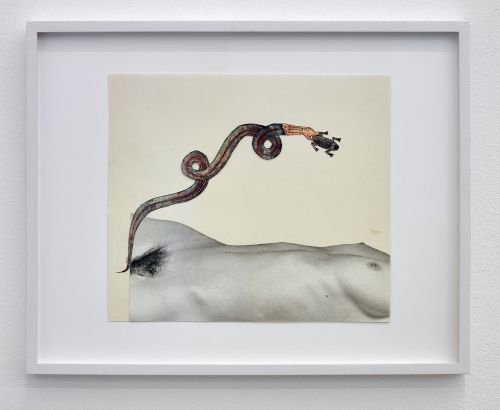
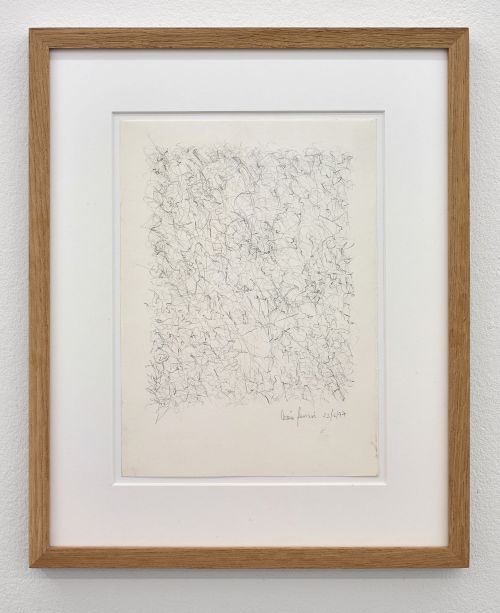
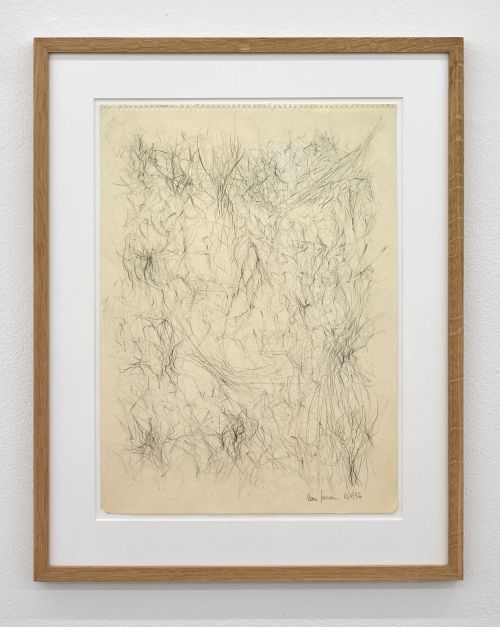

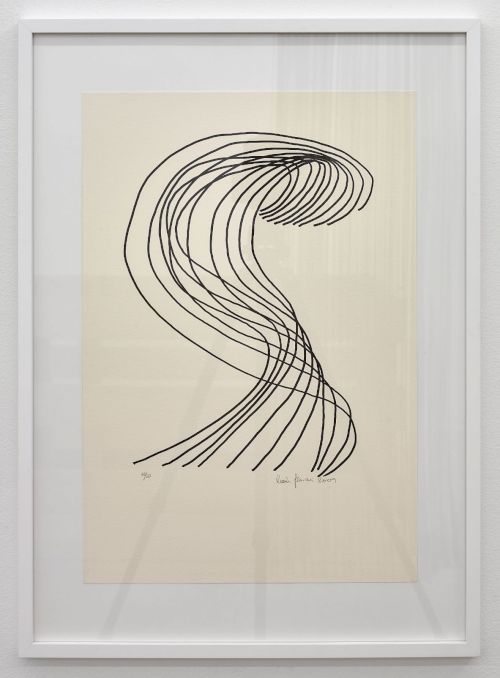
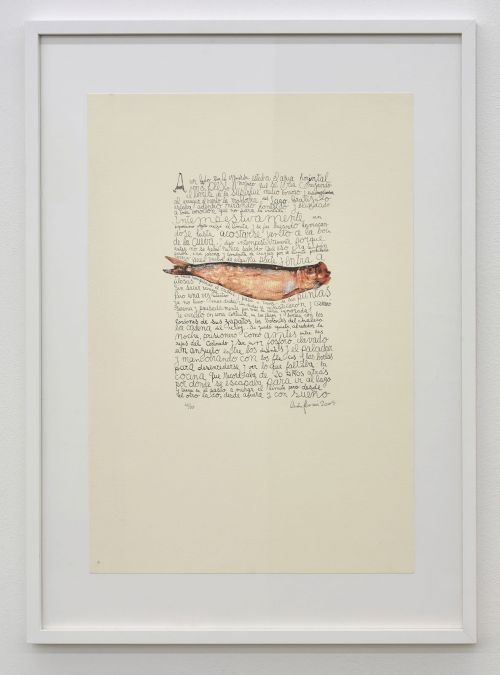
- Current
- Upcoming
- 2026
- 2025
- 2024
- 2023
- 2022
- 2021
- 2020
- 2019
- 2018
- 2017
- 2016
- 2015
- 2014
- 2013
- 2012
- 2011
- 2010
- 2009